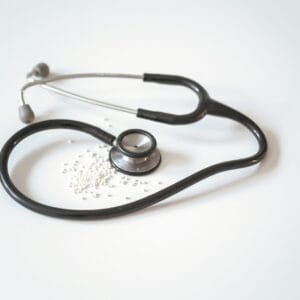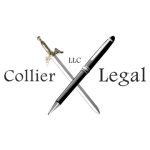Guide to US Regulations for Medical Devices

Medical devices are a cornerstone of modern healthcare, ranging from simple tools like thermometers to complex technologies such as pacemakers and imaging systems. In the United States, these products are subject to rigorous regulation to ensure patient safety and product effectiveness. The Food and Drug Administration (FDA), through its Center for Devices and Radiological Health (CDRH), oversees the regulatory framework. This guide provides an overview of the classifications, approval pathways, and compliance requirements that govern medical devices in the US. If you are developing a new device, you may also be interested in our Medical Patents page, where we guide inventors through patentability, application drafting, and prosecution.
What Counts as a Medical Device
Under the Federal Food, Drug, and Cosmetic Act (FD&C Act), a medical device is defined as an instrument, apparatus, machine, implant, or similar article that is intended for diagnosing, curing, mitigating, treating, or preventing disease, or intended to affect the structure or function of the body, without relying on chemical action. This broad definition captures products ranging from syringes to advanced surgical robots.
Device Classification System
- Class I: Low-risk devices such as bandages or manual stethoscopes. These generally require general controls like proper labeling and adherence to good manufacturing practices.
- Class II: Moderate-risk devices like powered wheelchairs or infusion pumps. These require special controls, which may include performance standards, postmarket surveillance, and clinical data.
- Class III: High-risk devices such as pacemakers or heart valves. These must undergo the most stringent review, often requiring premarket approval (PMA) based on clinical trials.
Approval Pathways
Different regulatory pathways apply depending on the device’s classification and novelty:
510(k) Premarket Notification: Most Class II devices must demonstrate that they are substantially equivalent to a legally marketed device.
Premarket Approval (PMA): Required for most Class III devices, this process involves extensive clinical evidence to prove safety and effectiveness. For help with patentability searches and preparing patent applications to support FDA submissions, visit our detailed Patent Services page.
De Novo Classification: Used for novel devices with low to moderate risk that do not have a clear predicate device.
Humanitarian Device Exemption (HDE): Applies to devices that treat rare conditions affecting fewer than 8,000 patients per year in the US.
Quality System Regulation (QSR)
Manufacturers must comply with the FDA’s Quality System Regulation, which sets requirements for design, production, packaging, labeling, storage, and complaint handling. The QSR ensures that devices are consistently produced to meet applicable standards. Ensuring your business is properly structured is foundational—you may want to review our Business Formation services, and once you are ready to negotiate distribution or supplier agreements, see our Contracts page.
Postmarket Requirements
Regulation continues after a device reaches the market. Manufacturers must follow reporting requirements, track adverse events, and sometimes conduct postmarket surveillance studies. Recalls may be issued if devices pose risks once in widespread use. The FDA also inspects facilities to confirm compliance with the QSR. Ongoing regulatory monitoring and compliance enforcement can be complex—our Outside General Counsel services are designed to support businesses long term.
Recent Developments
The FDA has been modernizing its device regulatory framework through initiatives like the Medical Device User Fee Amendments (MDUFA) and the Digital Health Program. Topics such as cybersecurity, artificial intelligence, and real-world evidence are increasingly relevant to device approval and oversight. Do not overlook branding protection—our Trademark Attorney practice can help you register and enforce names, logos, and slogans that align with FDA-approved medical devices.
Conclusion
US regulations for medical devices are complex, but they share a common goal: protecting patients while enabling innovation. By understanding classifications, approval pathways, and compliance obligations, companies can navigate the regulatory landscape more effectively and bring safe, effective devices to market.

About
Attorney Collier started his own law firm straight out of law school and has been practicing law in Ohio for 5+ years. During that time, Joe focused on business law and litigation, gaining some exposure to intellectual property law. While running his firm in 2021, Joe decided to go back to school and get his patent license. Since then, Attorney Collier has been focusing on protecting innovators and entrepreneurs through his expertise in intellectual property and business law.
